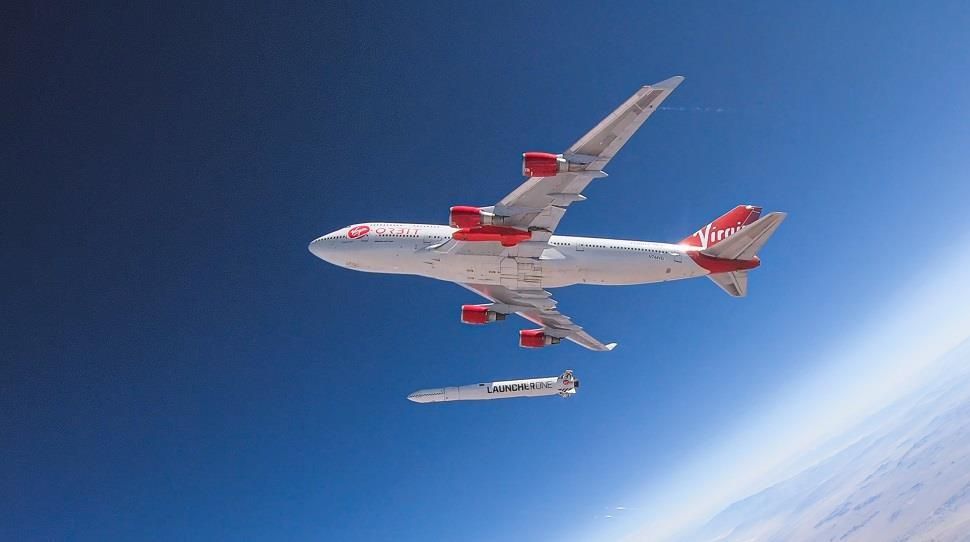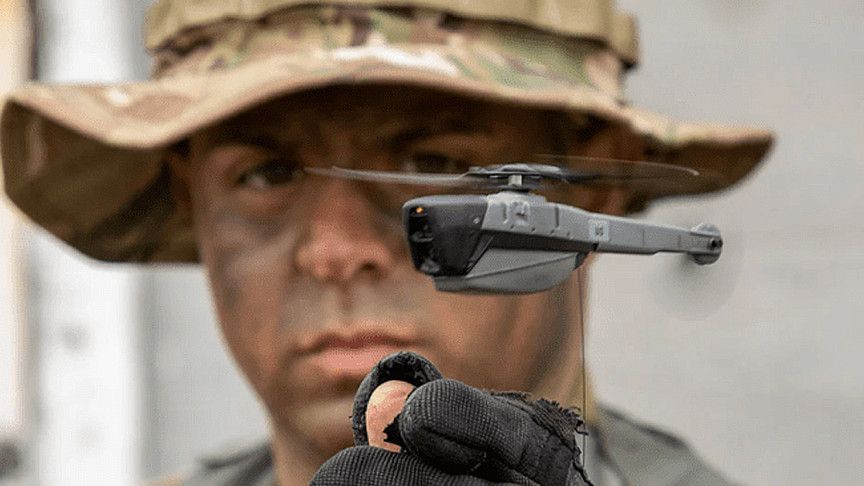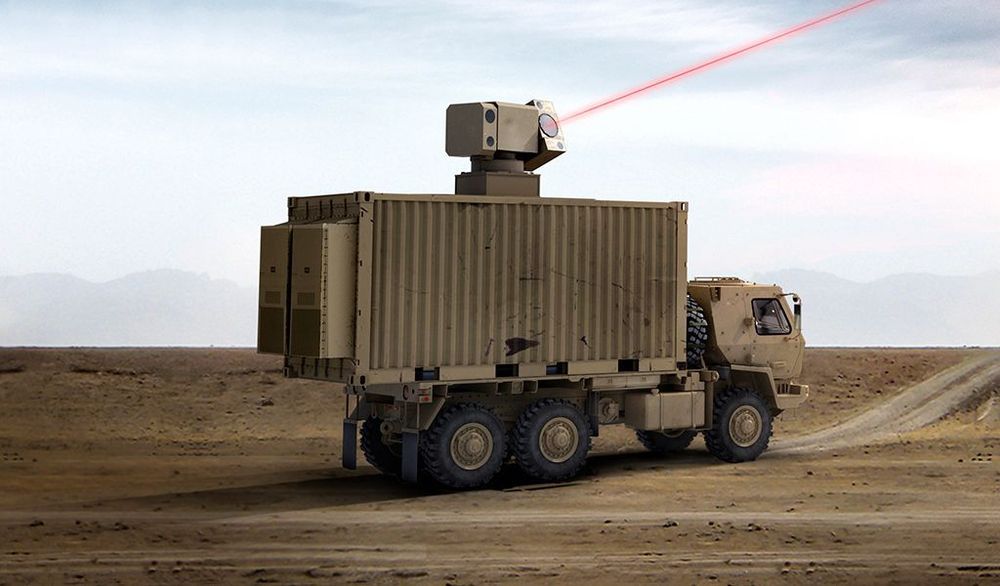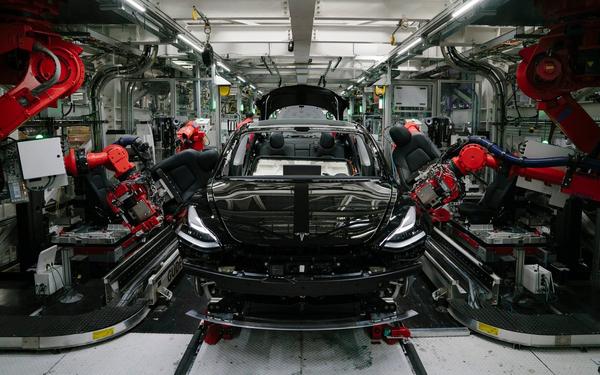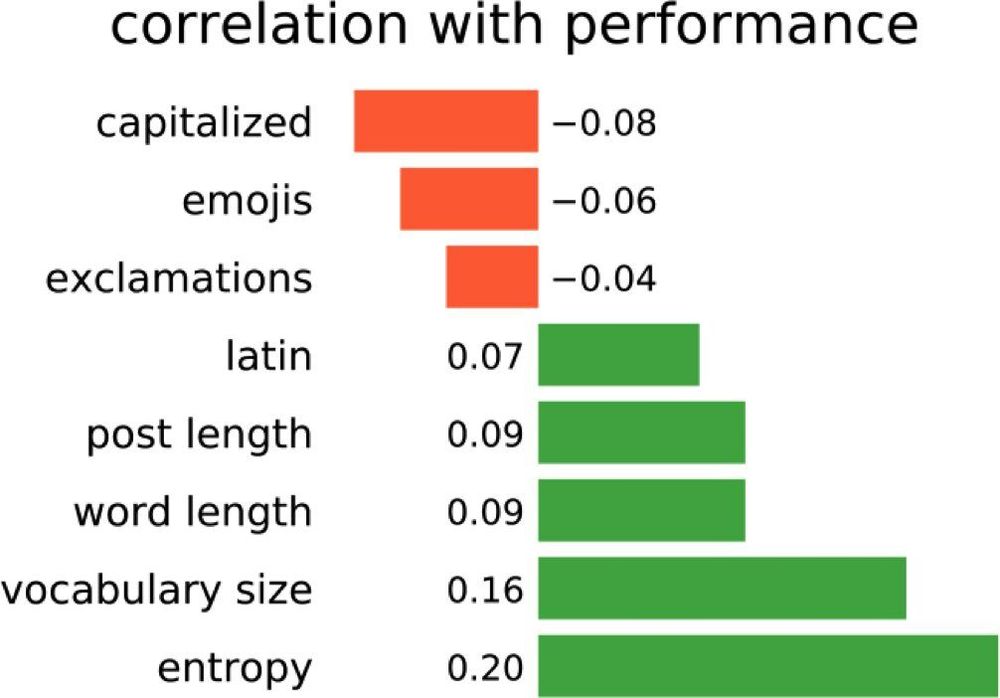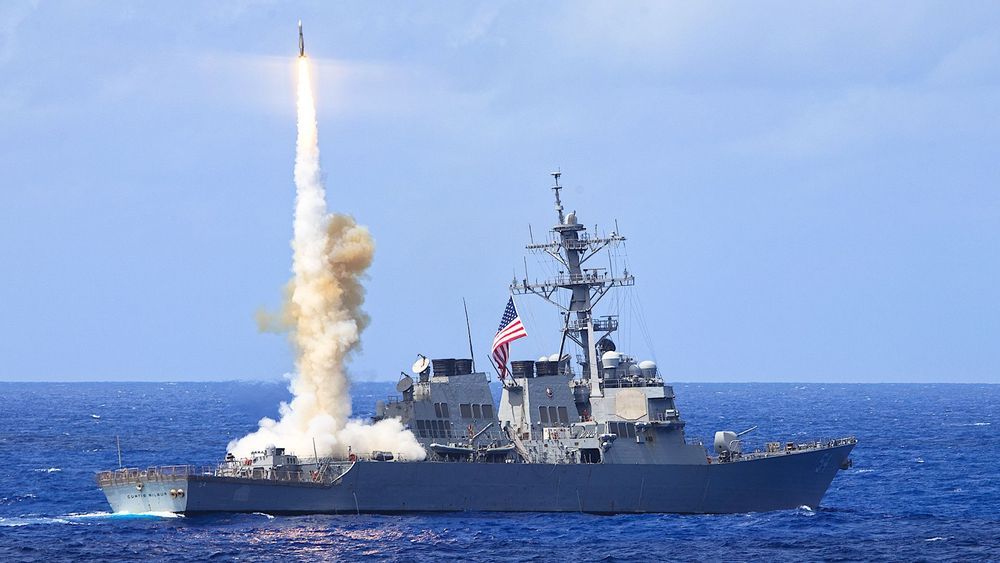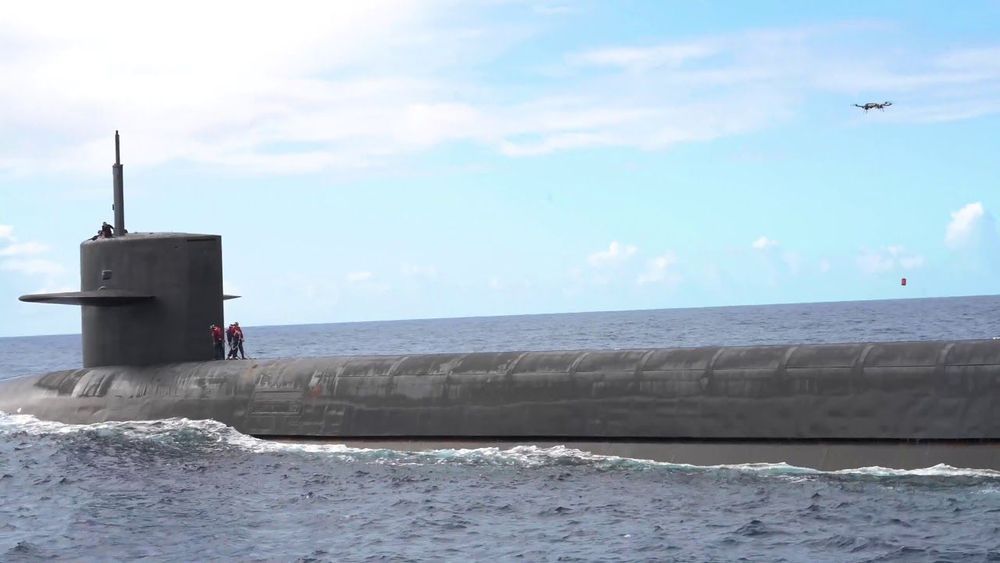Like its key allies, the UK is increasingly reliant on space-based assets for daily life in ordinary civil society and for the perfornance of its military forces. So, the Royal Air Force’s operating domain now extends from the ground to far beyond the atmosphere.
In a lockdown summer of downbeat aviation news, it is perhaps fitting that a highlight was a model aeroplane in a windtunnel. In turbulent times for aerospace, that aircraft is even named after a storm. But in showing some detail of the external shape of the Tempest future fighter, BAE Systems has also emphasised the UK’s determination to ride out the technological, financial and geopolitical hurricanes which are set to shape the national defence challenges of the next few decades.
Those late August images from BAE’s Warton, Lancashire test facility reveal an external profile designed for stealth at Mach 2, to carry a wide range of payloads and to cope with the internal heat from enough onboard electric power to anticipate exotic technologies like laser directed-energy weapons.
